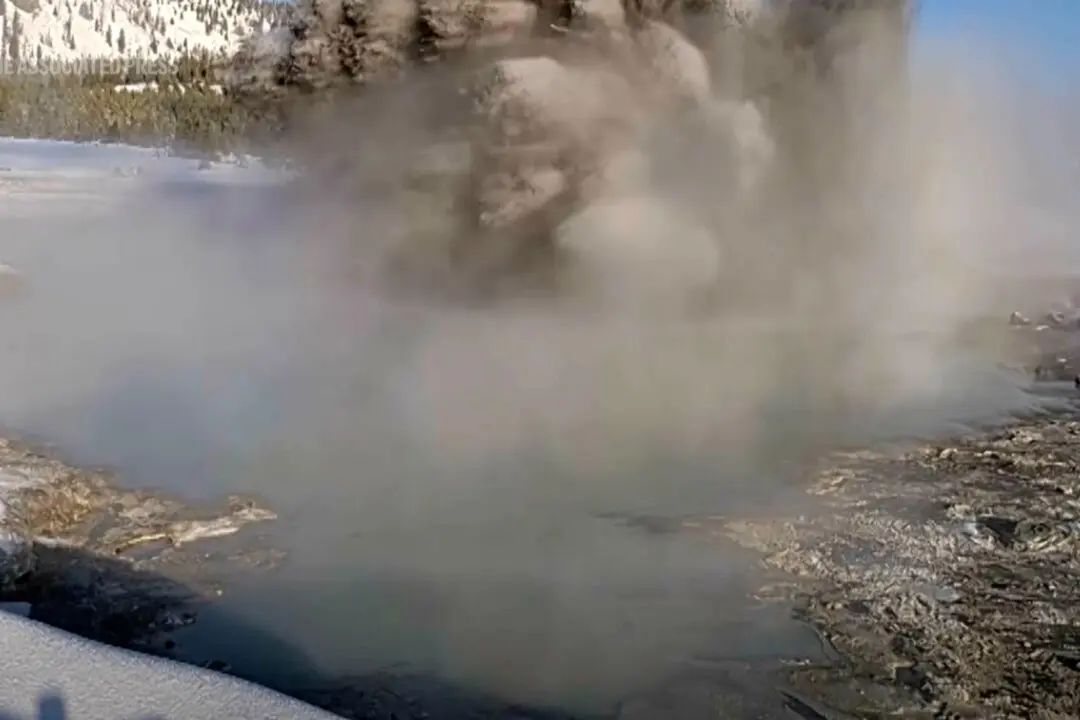BALLIA, India—A scorching heat wave in two of India’s most populous states has overwhelmed hospitals, filled a morgue to capacity, and disrupted power supply, forcing staff to use books to cool patients, as officials investigate the number of deaths that has reached nearly 170.
In the northern state of Uttar Pradesh, 119 people have died from heat-related illnesses over the last several days while neighboring Bihar state reported 47 fatalities, according to local news reports and health officials.





